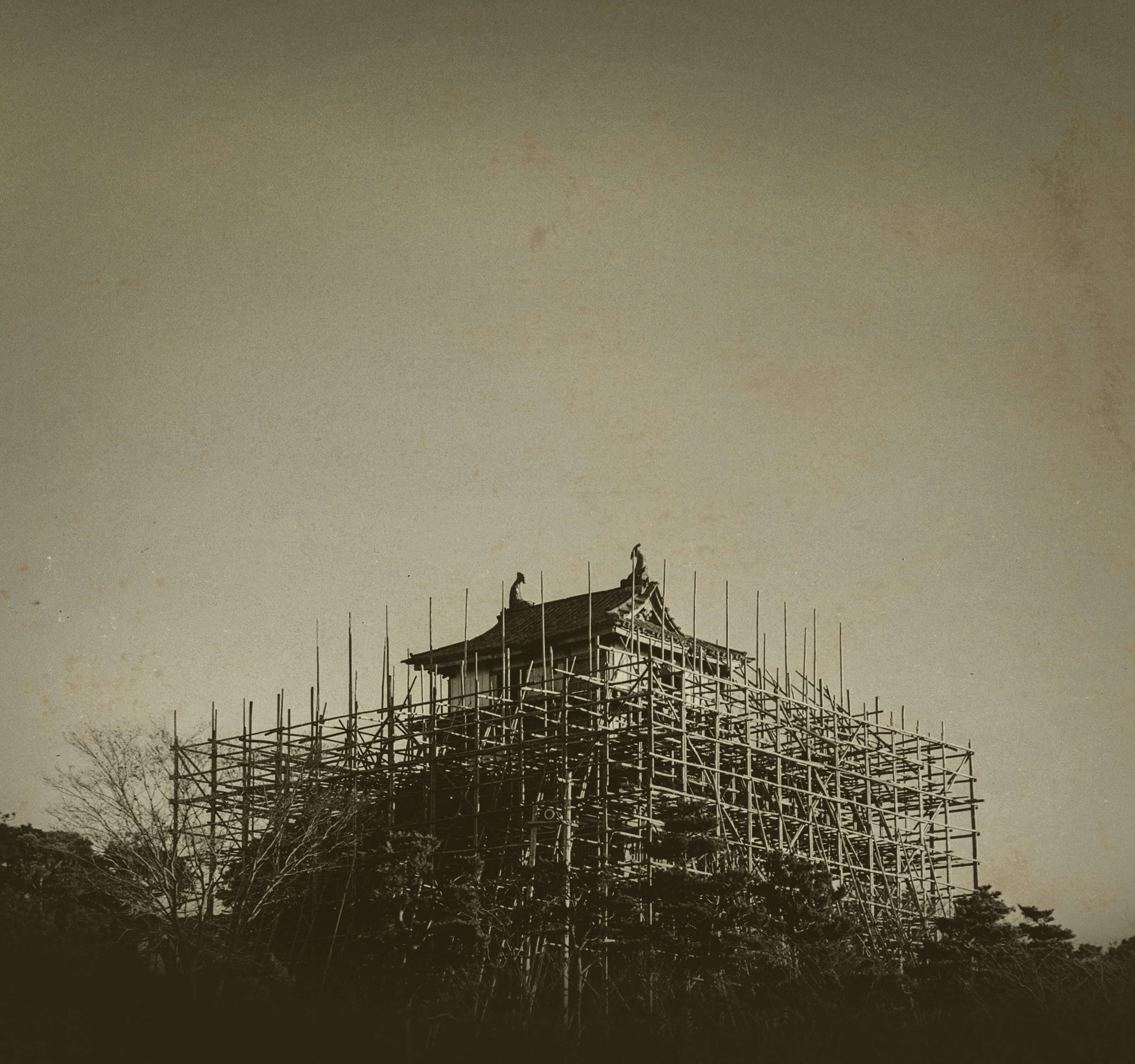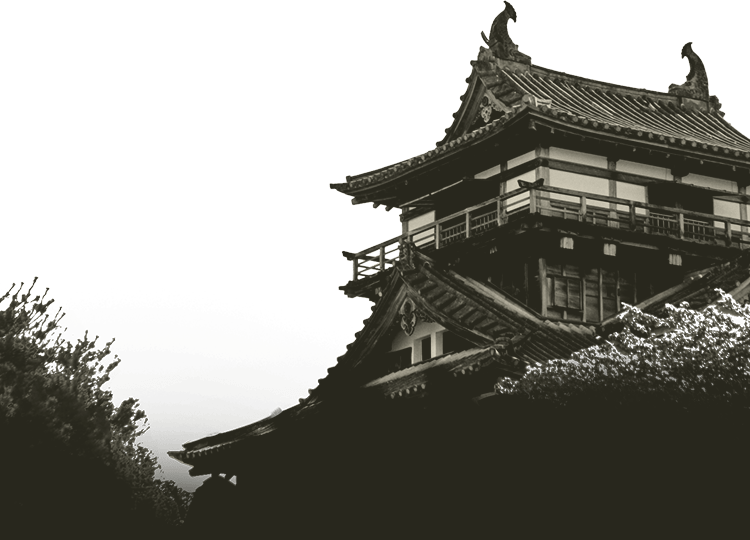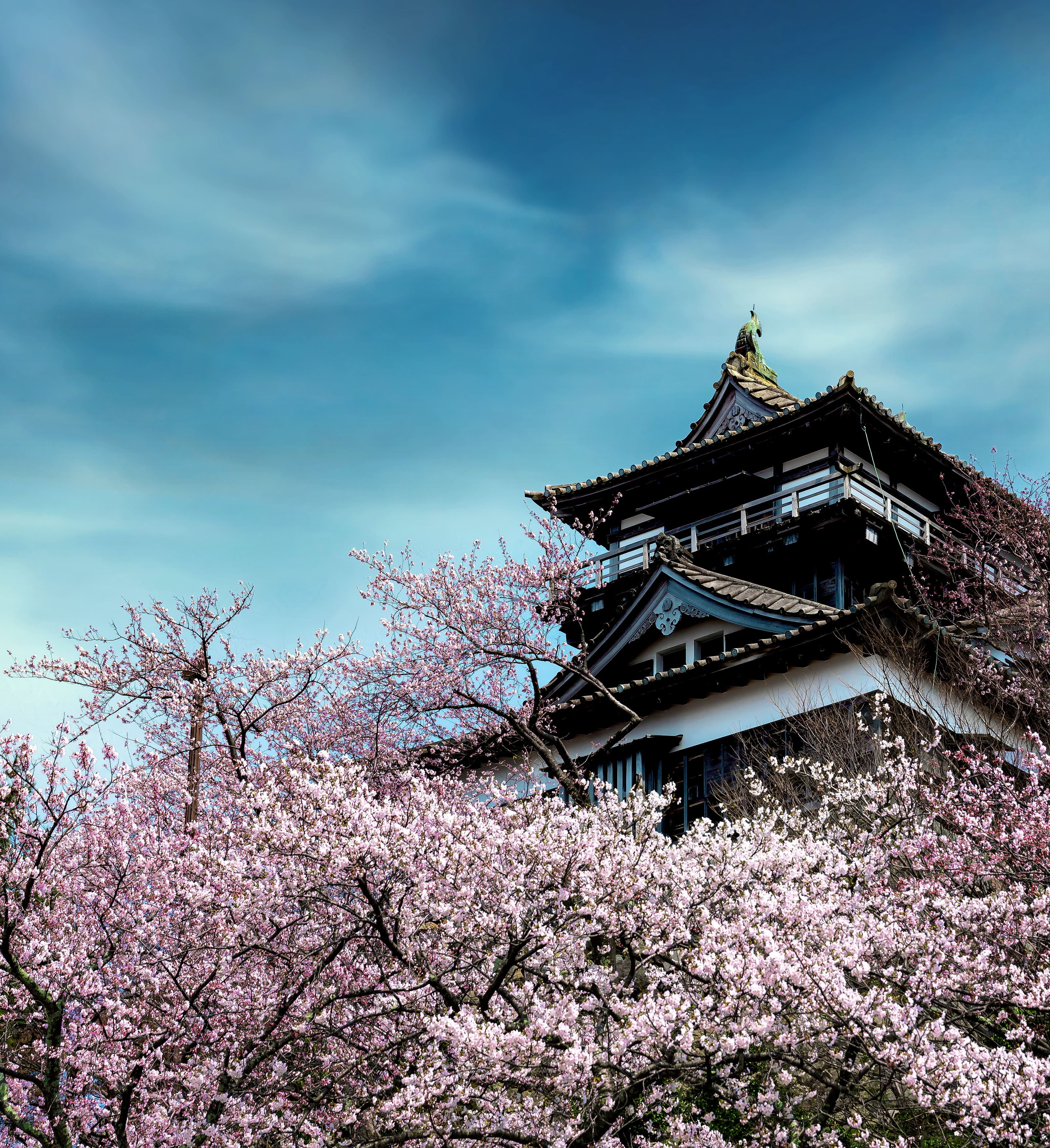
A miraculously restored castle.
The only original castle keep
in the Hokuriku region
and one of 12 remaining in Japan.
Maruoka Castle was built in 1576.
Perched on a hill, the tenshu, or castle keep,
is a valuable building that features both old and unique architectural elements.
Maruoka Castle is also known as
Kasumi-ga-jō (the Mist Castle).
When the cherry blossoms reach full bloom in spring, a beautiful sight emerges—the castle surrounded by cherry blossoms appears to be floating in a cloud of mist.
Depending on the season, you can enjoy viewing the castle surrounded by cherry blossoms in spring,
lush greenery in summer, autumn leaves in fall, and snow in winter.
HISTORY
A history stretching
back to the 16th century.
Maruoka Castle was built in 1576 by Shibata Katsutoyo under the orders of Oda Nobunaga.
After Shibata Katsutoyo, the castle changed hands several times.
In 1613, the castle came under ownership of Honda Narishige.
Narishige went on to become the first lord of the Maruoka Domain in 1624.
The Honda family ruled the Maruoka Domain for four generations,
during which time they built the castle town and irrigation systems.
The Arima family came to rule the domain after the Honda family.
Among the eight generations of the Arima family, Arima Shigezumi (1766–1836),
who served as the lord of the domain for about 50 years, was particularly talented.
In addition to tax reforms, Shigezumi made significant contributions to education and culture,
such as by establishing schools.
He also worked to alleviate poverty by establishing a system of mutual aid in which merchants assumed the debts of farmers who were unable to pay their land taxes.
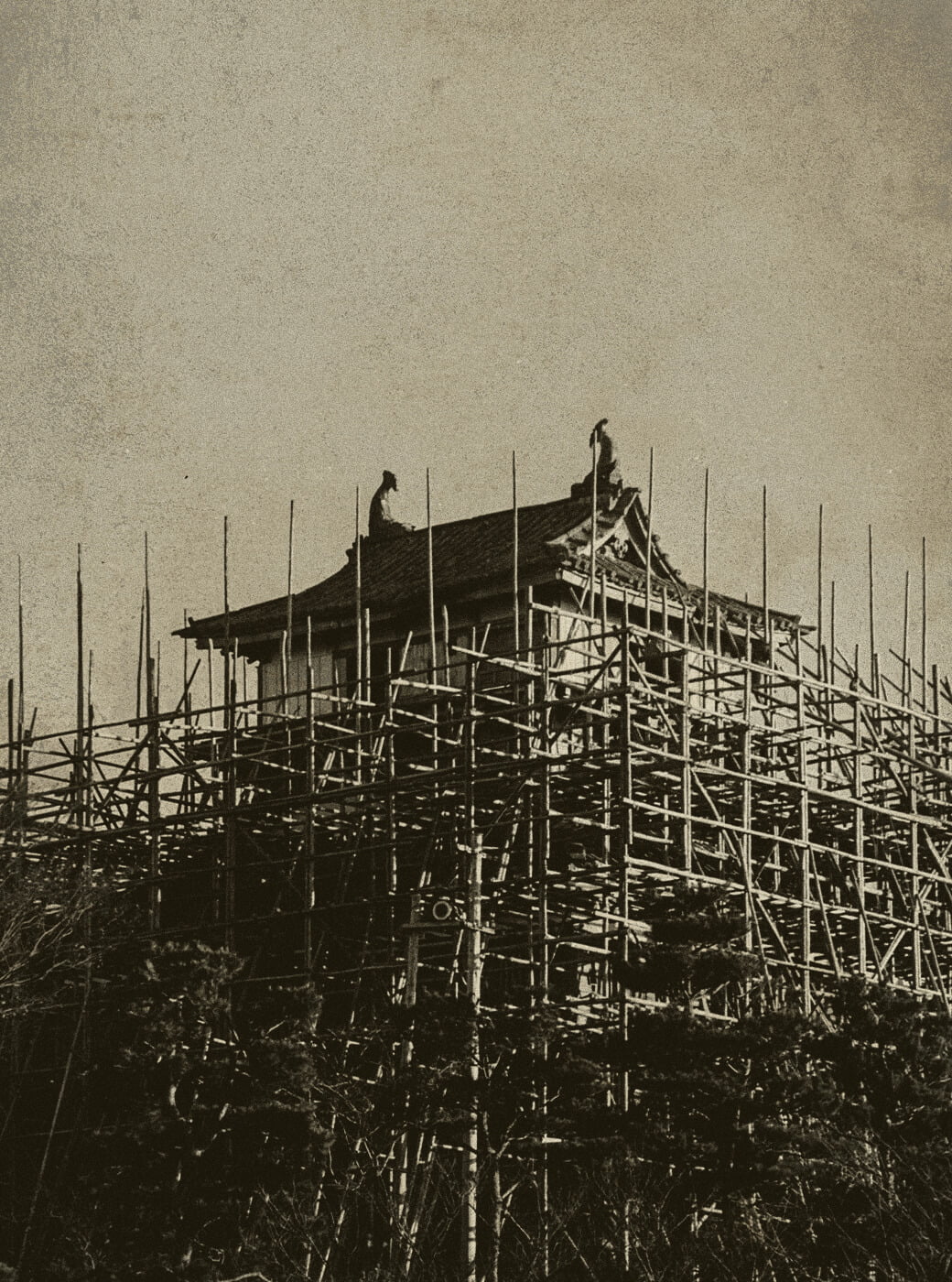
“A miraculously
restored castle.”
In 1948, the 7.1 magnitude Fukui earthquake struck the Maruoka district of Sakai City, Fukui Prefecture,
where Maruoka Castle is located.
The castle keep completely collapsed along with its stone walls.
Although the tremendous damage caused widespread despair, donations from people all over the country, along with prayers for restoration, made it possible to reuse more than 70% of the main parts of the keep, such as its columns and beams, and the keep was miraculously restored in just seven years.



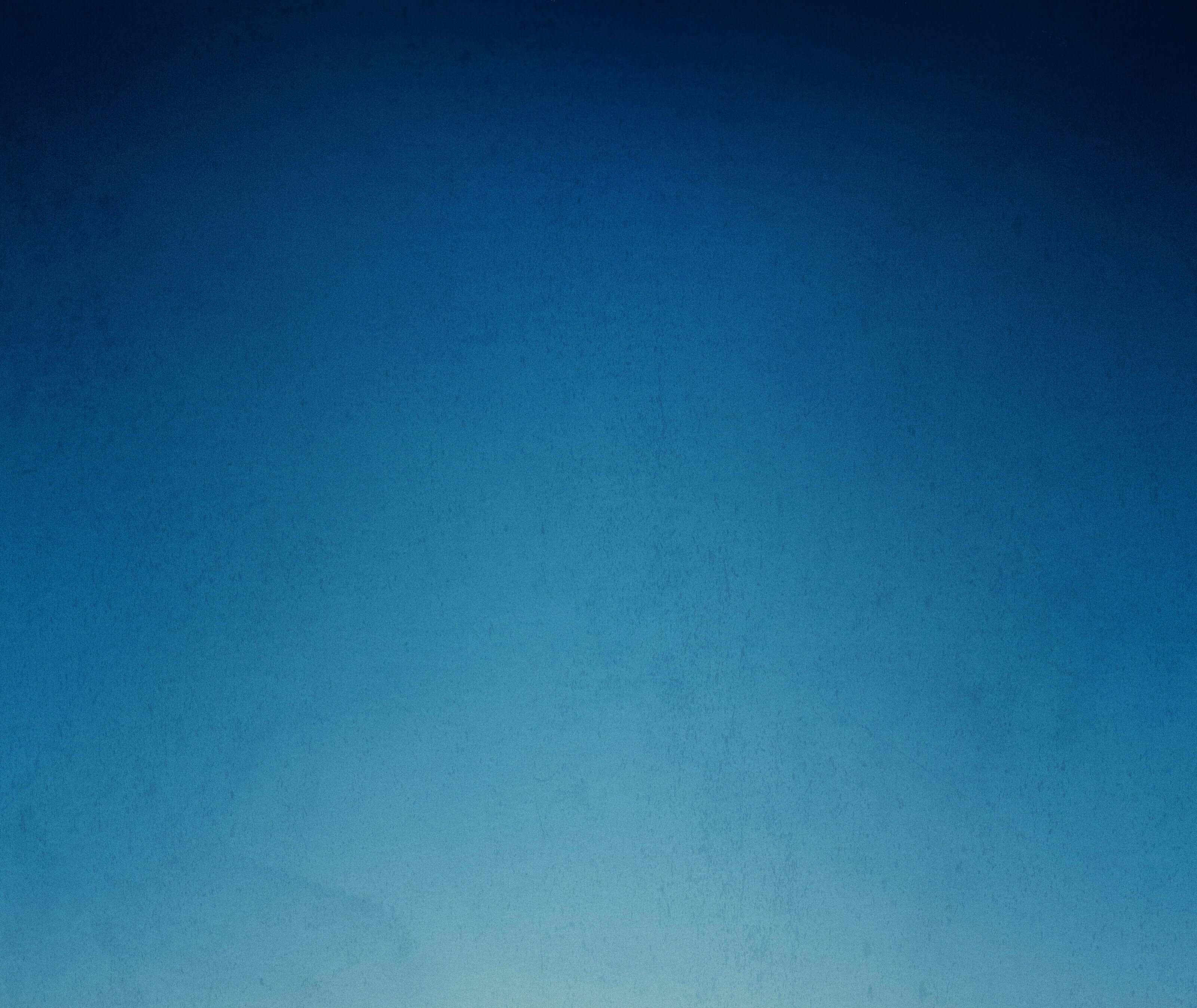


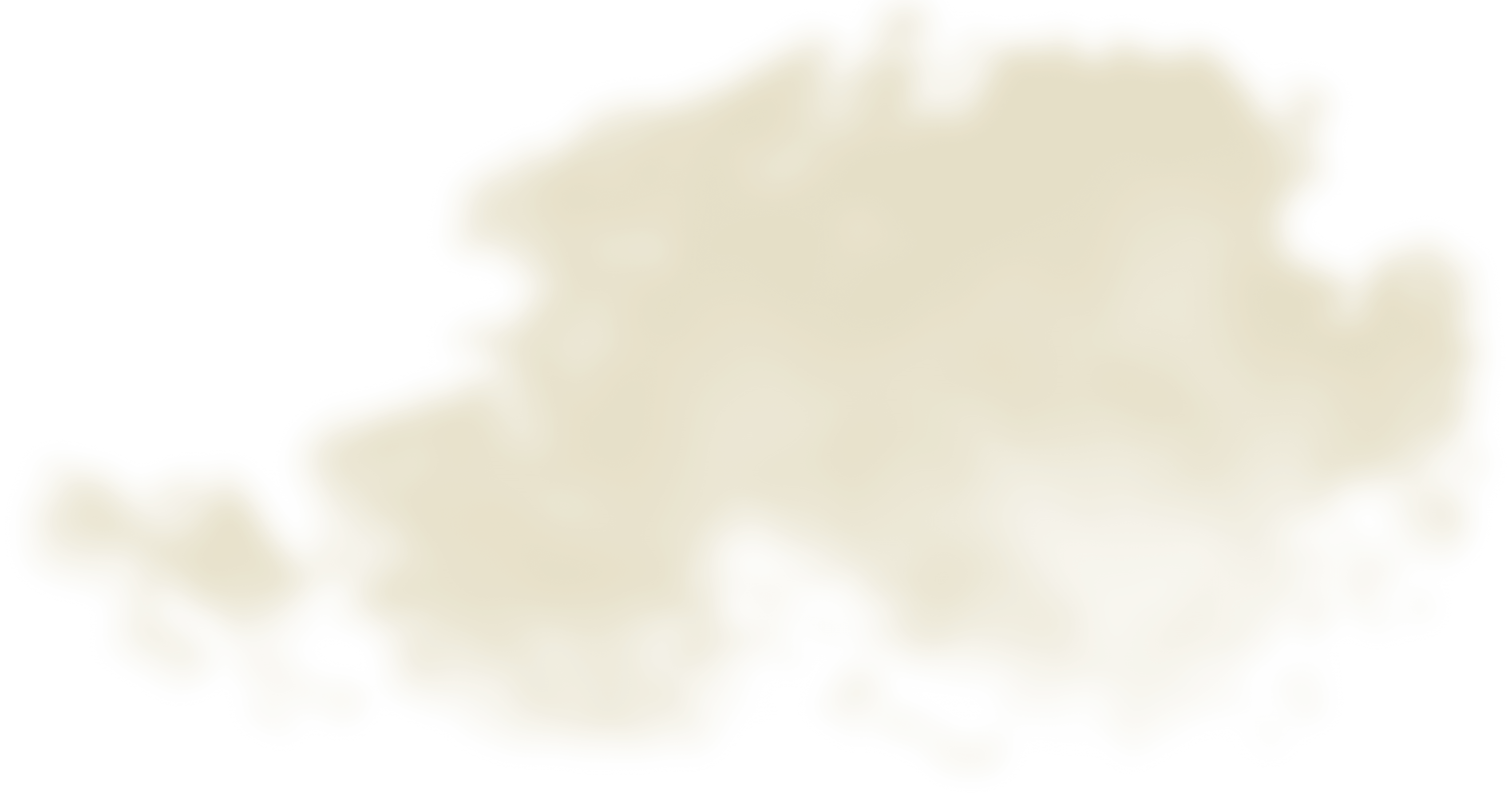



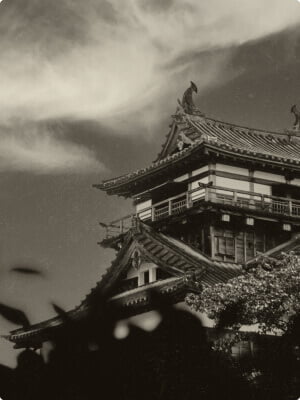
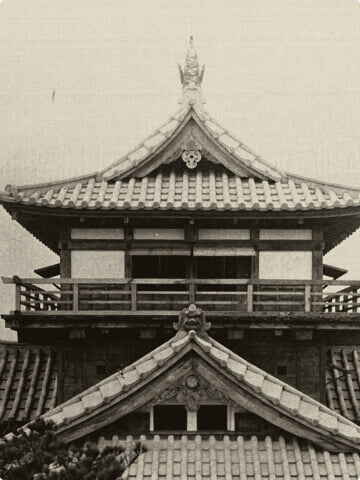
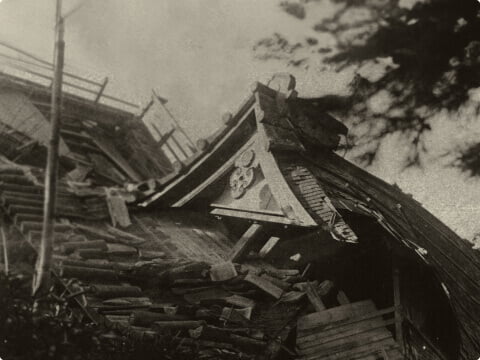

HIGHLIGHTS
One of only 12 remaining tenshu in Japan.
Only 12 castles in Japan still have an original tenshu (castle keep) built before or during the Edo period (1603–1868).
Maruoka Castle is one of the few castles that still retains its precious keep.
It has been designated an Important Cultural Property by the Japanese government and is recognized for its old architectural style,
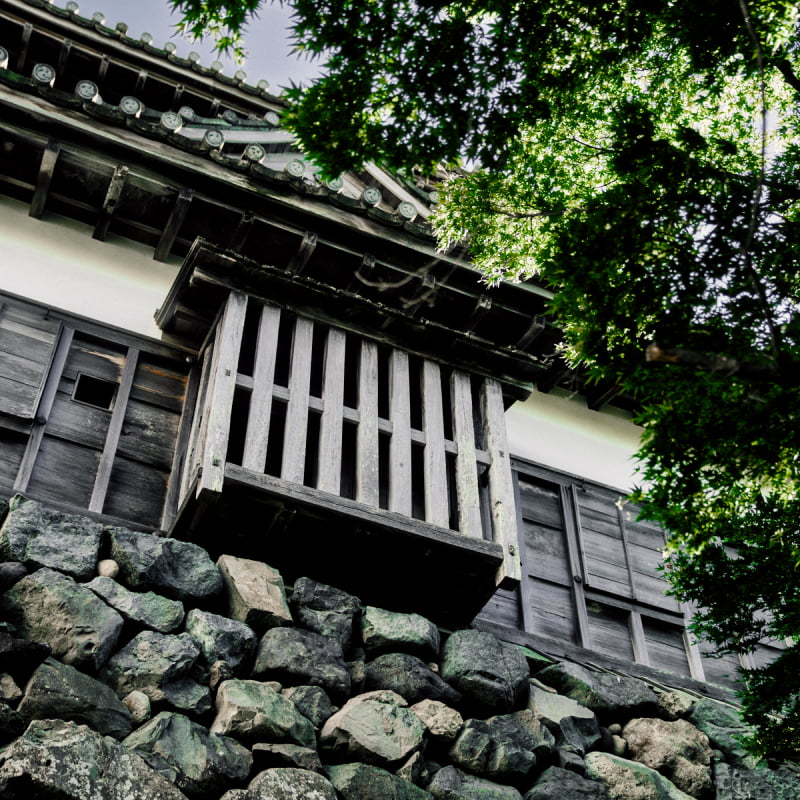
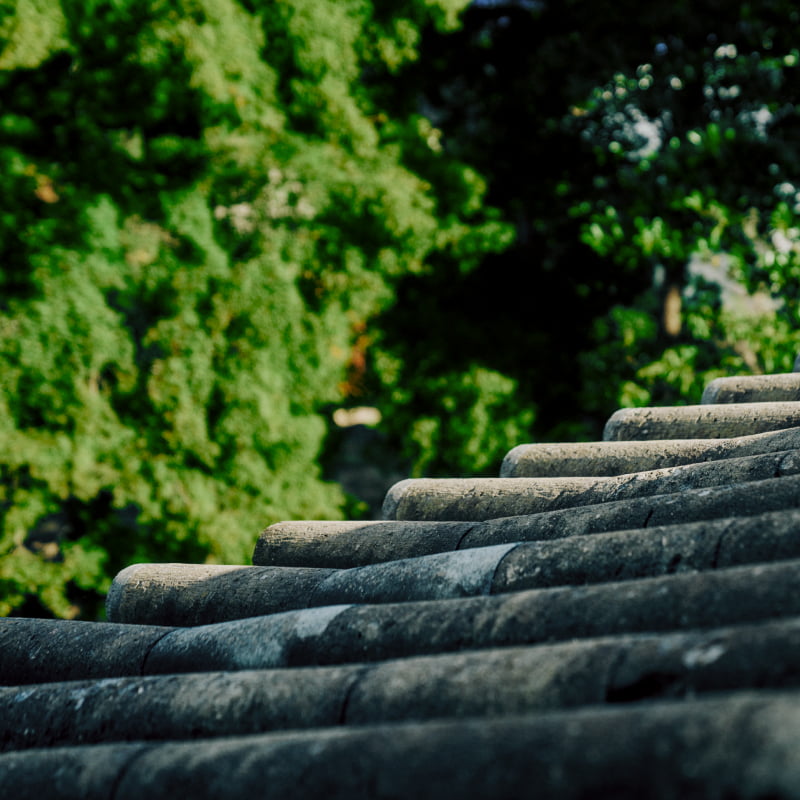
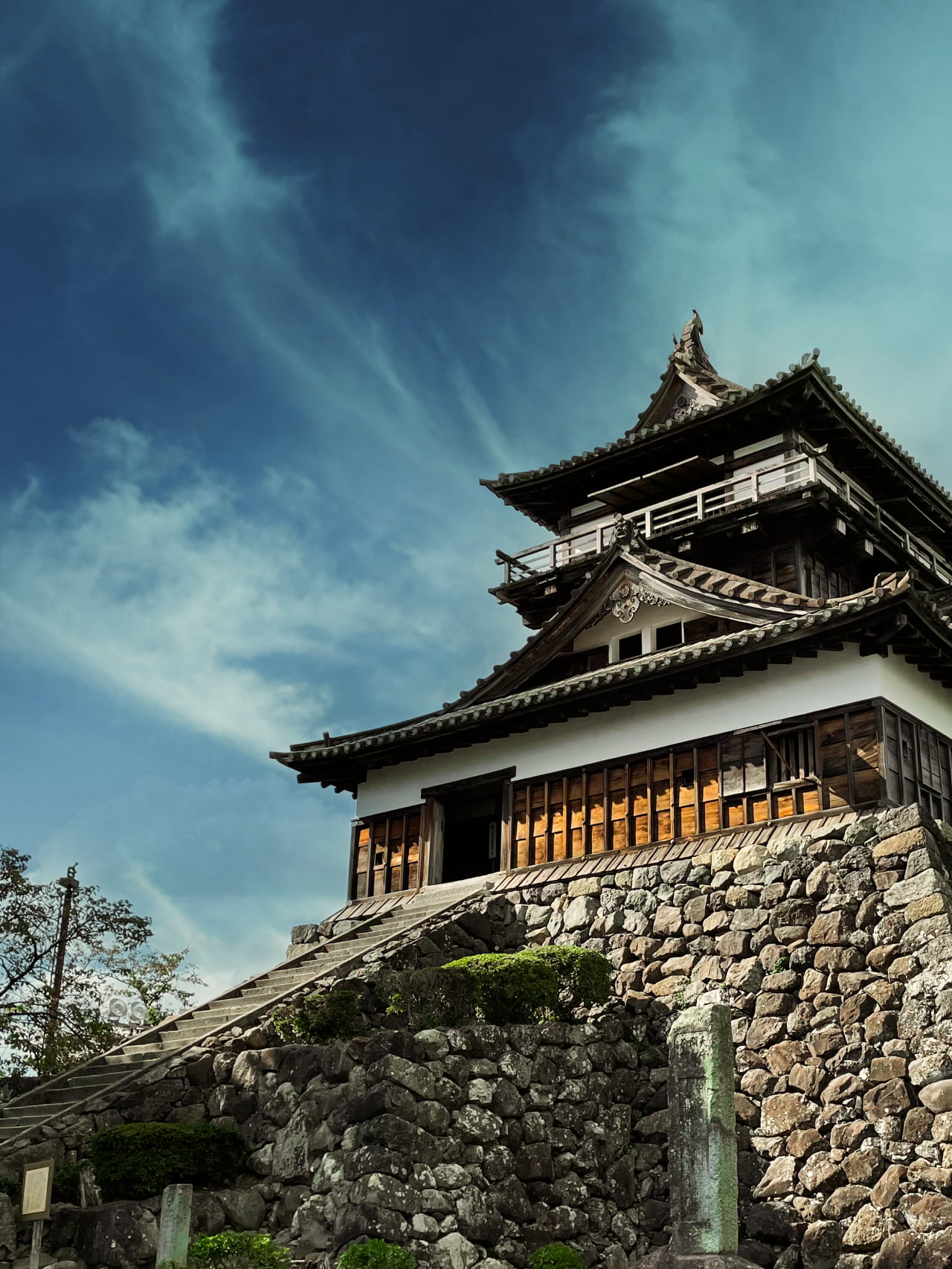
FOUR SEASONS
Spring cherry blossom festival,
autumn castle festival, and
seasonal highlights.
Every year from late March to mid-April, Maruoka Castle hosts the Maruoka-jo Sakura Matsuri (Maruoka Castle Cherry Blossom Festival) when the cherry blossoms are in full bloom. The cherry blossoms are illuminated at night, creating a magical setting to view Maruoka Castle.
In October, the annual Maruoka Kojo Matsuri (Maruoka Kojo Festival) is held, featuring a warrior parade and dance performances in the castle town.
In addition, depending on the season, you can enjoy Maruoka Castle against the backdrop of cherry blossoms, lush greenery, autumn leaves, and a snow-covered landscape.
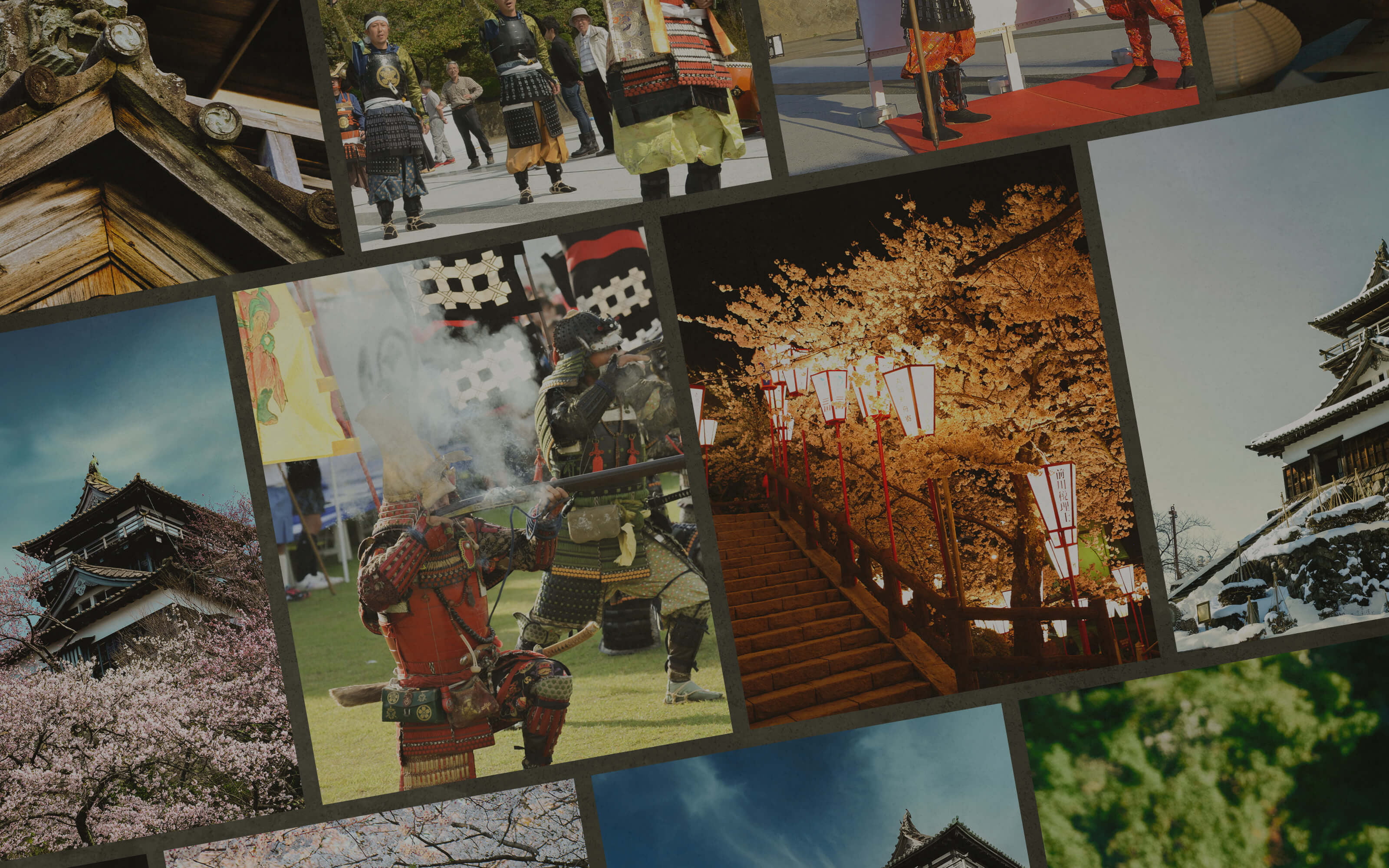
VISITOR INFORMATION
Entrance fees
| Category | Number of people | Price |
|---|---|---|
| Adult | Individual | 450 JPY |
| Group (30 or more people) |
360 JPY | |
| Child (elementary and junior high school students) | Individual | 150 JPY |
| Group (30 or more people) |
120 JPY |
- If you have a physical disability certificate (shintai shogaisha techo), mental disability certificate (seishin shogaisha hoken fukushi techo), or rehabilitation certificate (ryoiku techo), and require personal assistance, the assistant’s entrance fee (one person) will be discounted by 50%.
- Maruoka Castle entrance fees include admission to the Brief Messages from the Heart Museum. If you only wish to visit the Brief Messages from the Heart Museum, the fees are as follows.
Other information
- Hours
- 8:30 a.m. to 5:00 p.m. (Last entry at 4:30 p.m.)
- Closed days
- Open every day of the year
- Restrooms
- There are no restrooms inside the Maruoka Castle keep.
Please use the restrooms in the park.
- Photography
- Photography is permitted in and around the castle.
(If you will be taking professional photographs or recording videos as a business, please contact us in advance.)
- Accessibility
- Maruoka Castle is not a barrier-free facility.
Prohibited activities
- Smoking is not allowed on the grounds of Maruoka Castle grounds and in Kasumigajo Park.
- As a general rule, drone flying and drone photography are not allowed in the vicinity of Maruoka Castle (Important Cultural Property), Kasumigajo Park, and related facilities.
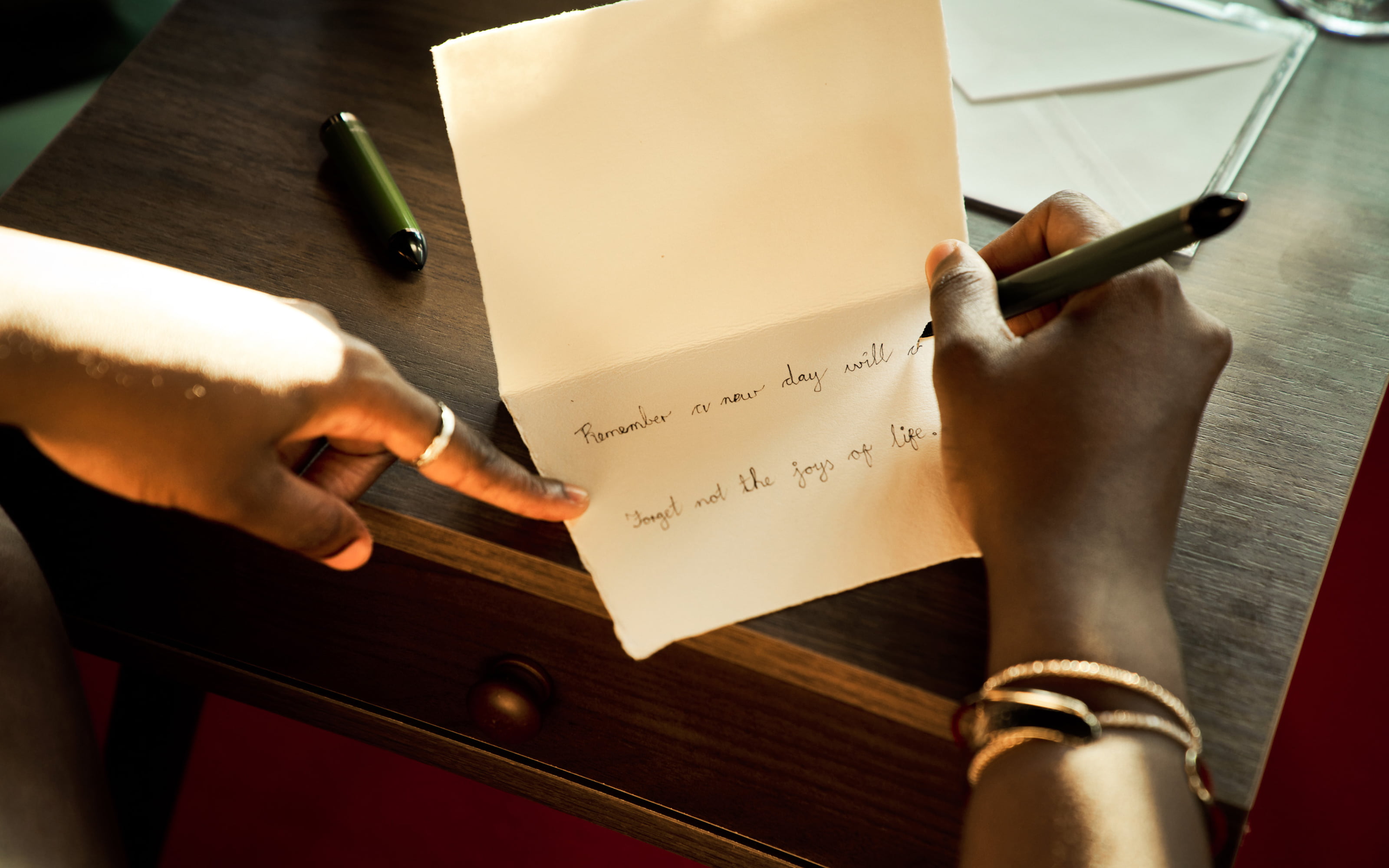
Ippitsu Keijo
Experience Tour
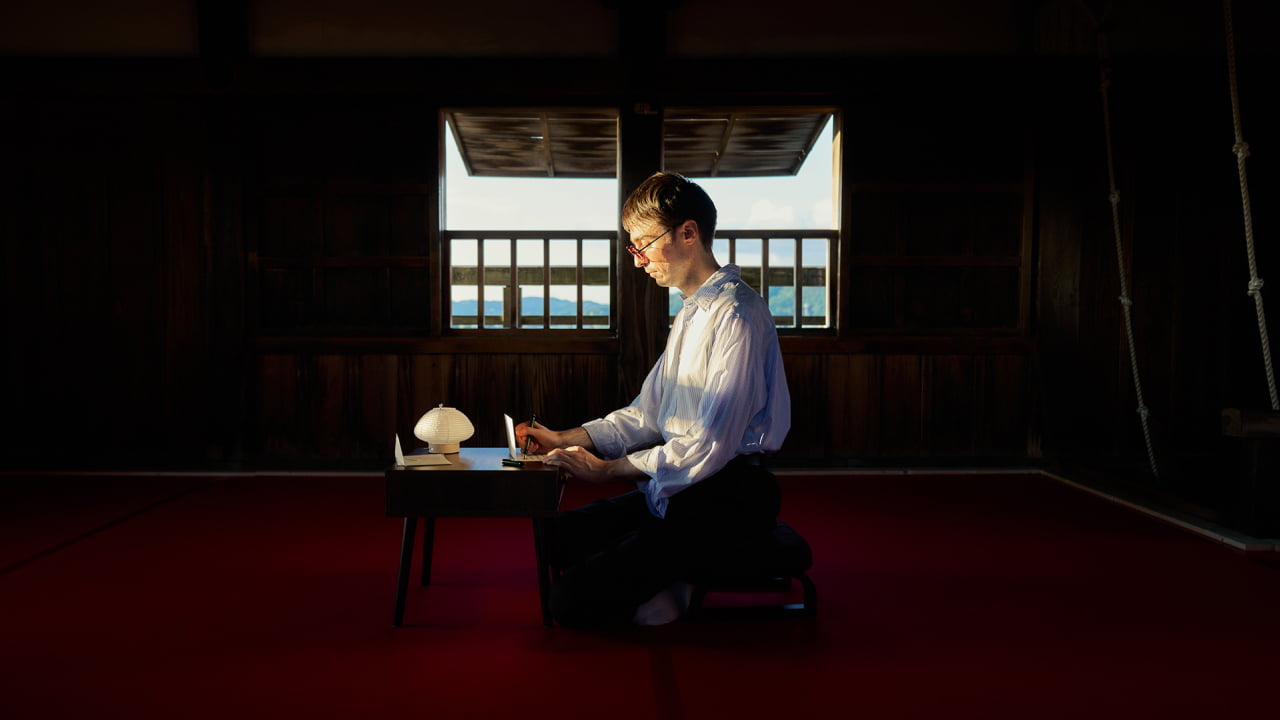
While enjoying the view from the quiet castle keep after closing,
participants will write a short letter from the heart to their loved ones.
The entire Maruoka Castle will be specially reserved for this tour.
Ippitsu keijo is a unique tradition in Japanese letter-writing culture in which one’s thoughts are conveyed in a few short lines.
It is said that a wartime letter sent by Honda (Sakuzaemon) Shigetsugu,
a vassal of Tokugawa Ieyasu, to his wife was the beginning of the ippitsu keijo tradition.
This letter succinctly conveys Shigetsugu’s sincere affection and concern for his family, and strength and warmth can be felt in every word.
Shigetsugu’s son, Honda Narishige (childhood name: Osen), who later became the first lord of the Maruoka Domain, continued the tradition of
ippitsu keijo in the Maruoka district of Sakai City.
Although these letters are only a few lines long, their words resonate
with the heart.
Their sincerity also resonates in the hearts of their recipients.
Why not use this tour as an opportunity to express your feelings of gratitude, affection, or even remorse that are difficult to convey in everyday life, while exploring a Japanese tradition?
ACCESS
1-59 Maruoka-cho Kasumi-cho,
Sakai-shi, Fukui 910-0231
